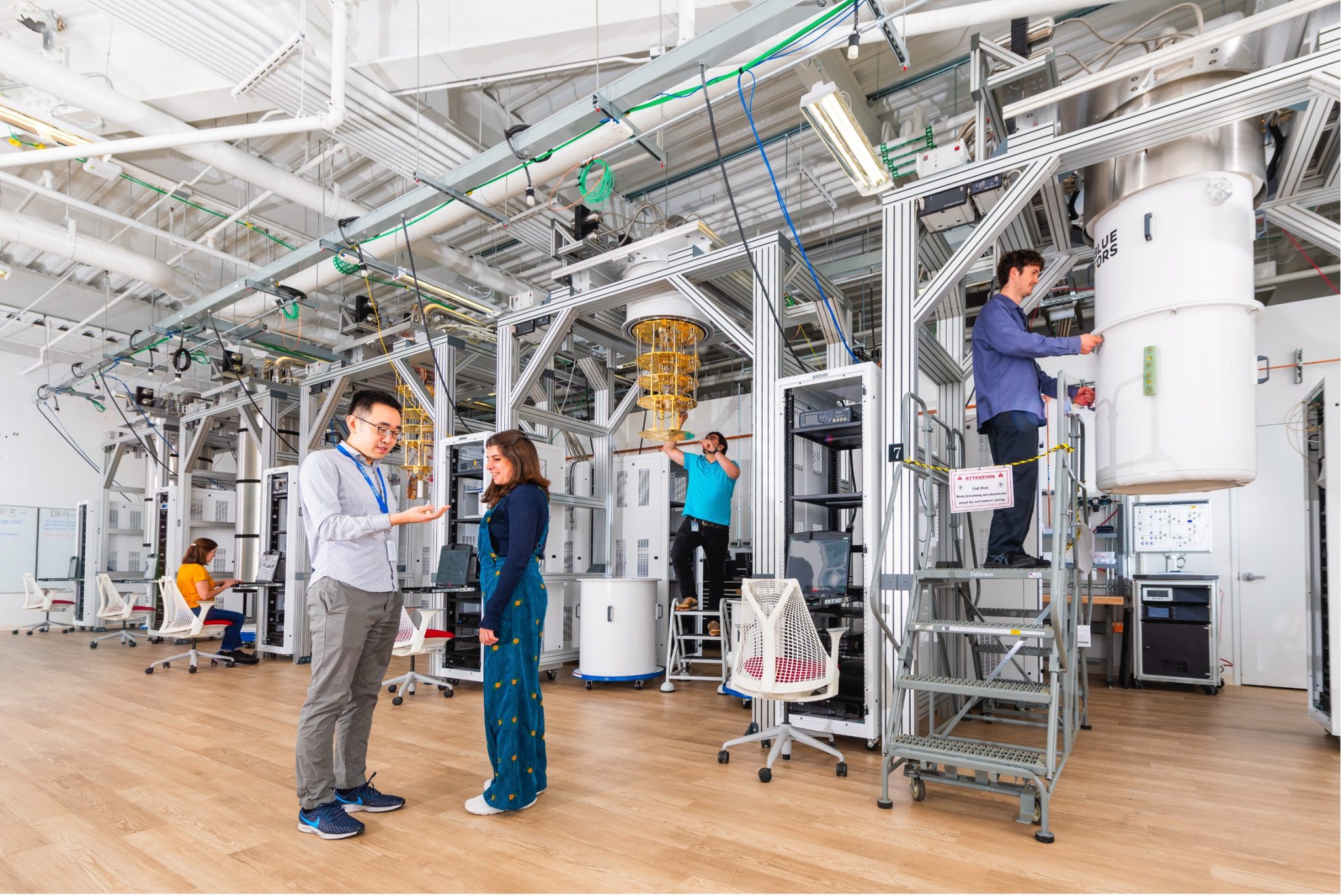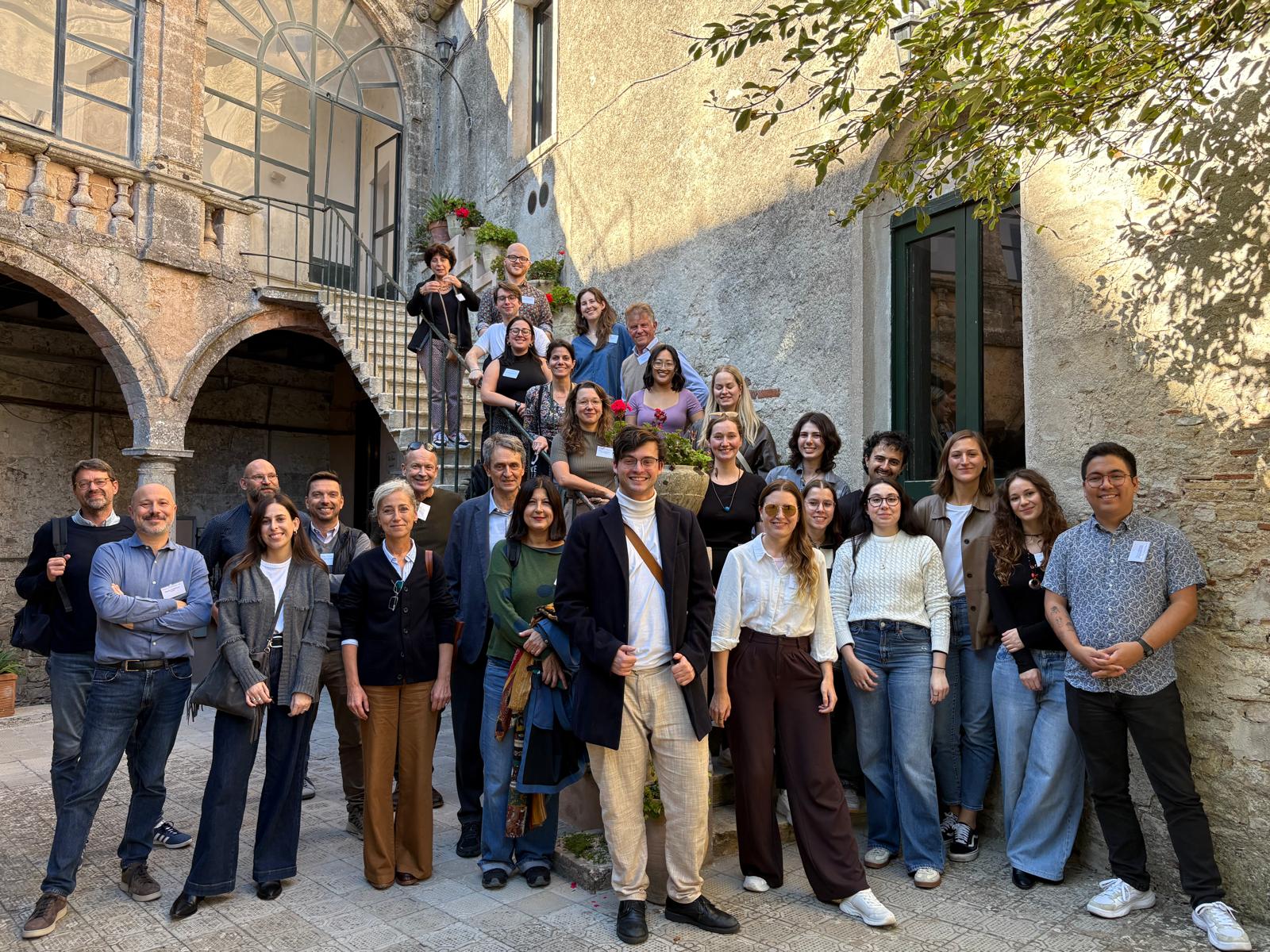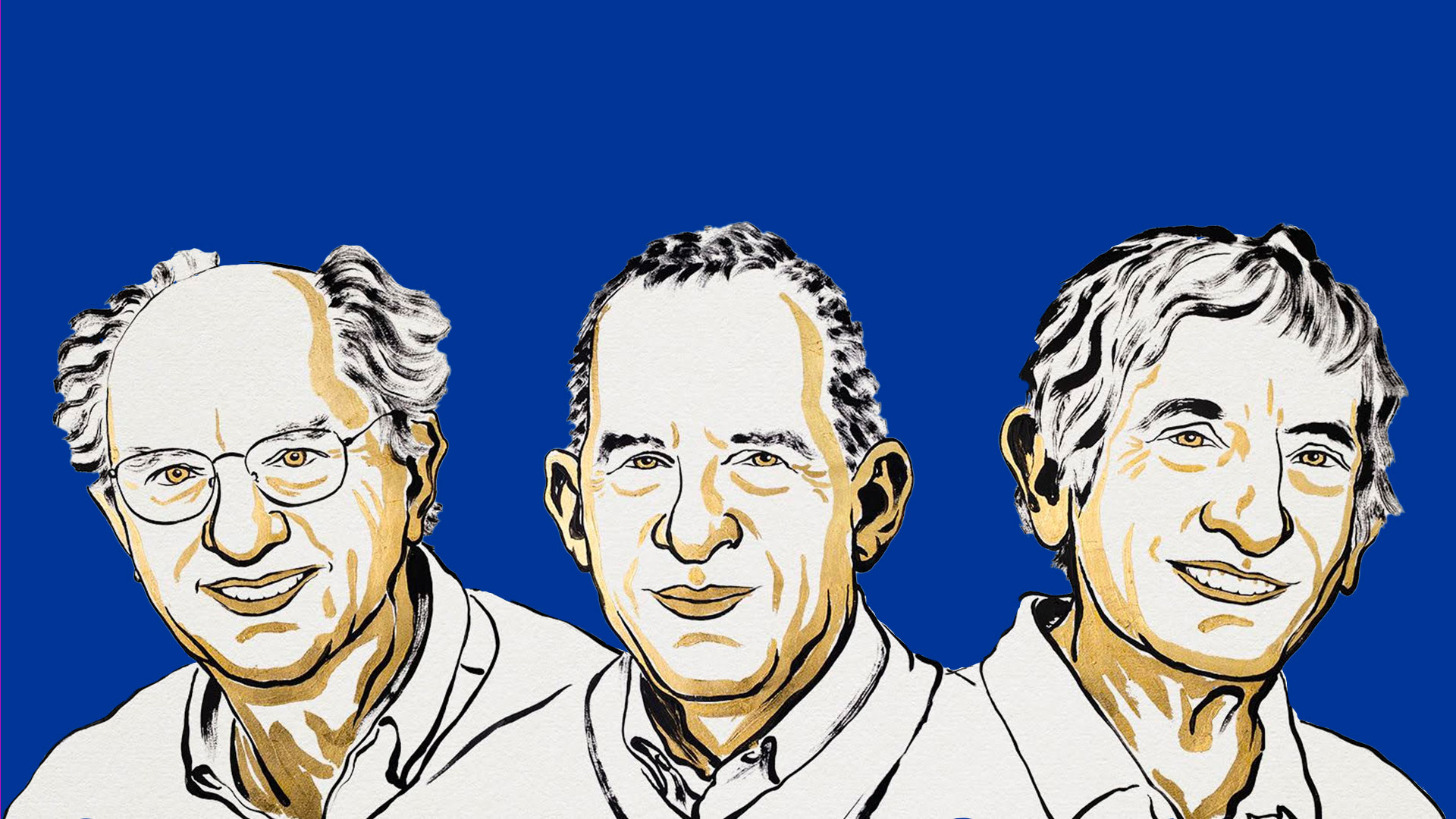 A new milestone has been achieved by Advanced Virgo, the experiment for the study of gravitational waves of the Italian-French consortium Ego, in the countryside near Pisa. The first mirror has, in fact, been successfully installed: the beam splitter, which has the task of dividing the laser beam that runs inside of the arms of the interferometer. The mirror, with its suspension and control system, has been placed on the super-attenuator, the seismic isolation system of the device. The Advanced Virgo beam splitter, with its 55 cm diameter, is the largest mirror ever made in the world for a gravitational wave detector. The INFN Virgo groups were the protagonists in this complex integration job. “The installation has entered the most delicate phase, that of integration in situ of the components developed in the various laboratories”, explains Giovanni Losurdo, coordinator of the Advanced Virgo project. “We have just obtained a major success in the construction of the detector that will be completed by next year, becoming part of the network of second generation detectors, and which will thus begin acquiring data, along with Ligo, the pair of American detectors”, concludes Losurdo. .
A new milestone has been achieved by Advanced Virgo, the experiment for the study of gravitational waves of the Italian-French consortium Ego, in the countryside near Pisa. The first mirror has, in fact, been successfully installed: the beam splitter, which has the task of dividing the laser beam that runs inside of the arms of the interferometer. The mirror, with its suspension and control system, has been placed on the super-attenuator, the seismic isolation system of the device. The Advanced Virgo beam splitter, with its 55 cm diameter, is the largest mirror ever made in the world for a gravitational wave detector. The INFN Virgo groups were the protagonists in this complex integration job. “The installation has entered the most delicate phase, that of integration in situ of the components developed in the various laboratories”, explains Giovanni Losurdo, coordinator of the Advanced Virgo project. “We have just obtained a major success in the construction of the detector that will be completed by next year, becoming part of the network of second generation detectors, and which will thus begin acquiring data, along with Ligo, the pair of American detectors”, concludes Losurdo. .
You might also be interested in

Quantum computing: INFN and the US SQMS laboratory renew their collaboration

Search for new physics: a possible new approach from bent crystals

Einstein Telescope: Lusatia officially enters the competition

Detecting gravitational waves from space: first steps for the LISA mission

ORIGINS. Exploring Science Communication and Journalism
